2016 Chevrolet Camaro: First Look


Competes with: Ford Mustang, Dodge Challenger
Looks like: An evolutionary update to the existing Camaro
Powertrain: 275-horsepower, turbocharged 2.0-liter four-cylinder; 335-hp, 3.6-liter V-6; or 455-hp, 6.2-liter V-8; six-speed manual or eight-speed automatic transmission; rear-wheel drive
Hits dealerships: Late 2015
Here it is, folks, the 455-horsepower reason to make you think twice about keeping that pre-order for the 2016 Ford Mustang. Chevrolet has unveiled its next-generation 2016 Camaro, and like the Mustang that was introduced last year, it’s significantly changed from the model it replaces, even if it doesn’t look terribly different from the outgoing car. It rides on an all-new chassis, sports a new engine option, weighs more than 200 pounds less and is packed with new technology. The new Camaro should be a formidable entrant in the pony-car class.
Exterior
Just like the Mustang, the new Camaro is an evolution of the previous design — it is instantly recognizable as a Camaro and keeps the car’s somewhat retro-inspired shape yet still manages to look like a modern, 21st century sports car. The last Camaro went more than eight years from the introduction of the first concept car to the 2015 model, so it was starting to look a little stale in the wake of an all-new Mustang and an updated Dodge Challenger. No longer; while the shapes and forms of the new Camaro are not all that different, the longer wheelbase is noticeable as is much more aggressive front and rear sculpting. It’s a little taller and wider than the 2015 model, which should provide for better interior room too.
Interior
Everything has been updated inside, again with a nod to the previous version but there’s upgraded materials and a better layout. The familiar dual-binnacle gauge cluster is still present, but now it houses an optional 8-inch center screen that can show navigation, performance metrics and multimedia features. An 8-inch touch-screen is front and center, and features the next-generation Chevrolet MyLink multimedia system. Chevy tried something new and integrated the heating and cooling controls right into the rings for the climate control vents, eliminating those buttons on the center console for a cleaner look.
A new electronic parking brake replaces the manual one, which enabled repositioned cupholders. Wilder drivers may not like the change — has anyone figured out how to do a hand-brake turn with an electronic parking brake?
The LED interior ambient lighting can now be reconfigured well beyond anything Ford offers, with 24 different colors, fade and transition effects, and a “car show” mode that cycles through all the colors when the car is parked.
A new driver mode selector allows the driver to cycle through one of three different settings for the car (four on the SS model), adjusting eight different vehicle settings such as throttle, shift pattern, engine sound management, power steering feel, interior lighting, suspension settings and stability control sensitivity. The four-cylinder models feature active noise cancellation, but opt for the premium Bose stereo and you get the engine sounds electronically piped enhanced into the cabin. The V-6 and V-8 models feature a special resonator that actually pipes the real sound directly inside, while an optional dual-mode exhaust enables the driver to choose between “stealth” mode for quiet operation and “track” mode to let the world know you’re driving a muscle car.
Under the Hood
The 2016 Camaro may look similar to the 2015 model, but rest assured it’s not. It sits on a completely new platform, one shared with the Cadillac ATS and CTS, as opposed to the one it previously shared with the long-dead Pontiac G8 and still-kicking Chevrolet SS/Caprice. This means that it’s lighter than the outgoing model, thanks to the new platform’s lighter weight — it’s at least 200 pounds lighter depending on the trim and configuration, according to GM.
The new Camaro will be available with three engine options and two trim levels. The base LT comes with a new standard engine: a turbocharged 275-horsepower, 2.0-liter four-cylinder available with either a six-speed manual or eight-speed automatic transmission. It might be a four-cylinder, but like the Mustang EcoBoost it’s no slouch. Chevy says that the car is good for a zero-to-60 mph time of less than 6 seconds.
Optional on the LT is the 335-hp, 3.6-liter V-6, which makes less torque than the turbo four (284 pounds-feet compared to the 2.0-liter’s 295 pounds-feet), but is available with an optional dual-exhaust package. Top of the line will be the 6.2-liter LT1 V-8 available in the SS trim level only, making 455 hp and 455 pounds-feet of torque. Like the other two engines, you can have it with a six-speed manual or eight-speed automatic transmission; it’s the same eight-speed that’s in the Chevrolet Corvette.
The suspension is new as well, with a MacPherson strut setup in front and an independent five-link setup in back. For the first time ever, GM’s Magnetic Ride Control adjustable suspension is available as an option on the SS (it was previously only available on the Camaro ZL1). Thanks to the lighter weight (engineers shaved 26 pounds out of the suspension alone) and more powerful engines, Chevy says that the new Camaro SS turns in faster lap times than the last-generation SS 1LE performance variant.
Stopping will be easier too; both trim levels will offer Brembo brakes (standard on the SS) – 12.6-inch four-piston fronts with 12.4-inch rear rotors on the LT, 13.6-inch fronts with 13.3-inch rear rotors and four-piston front and rear calipers on the SS. An RS Package is also available for the LT model, which adds bi-xenon headlights and a unique LED light pipe, along with larger wheels and tires. Eighteen-inch wheels are standard on the LT, 20 inch on the SS.
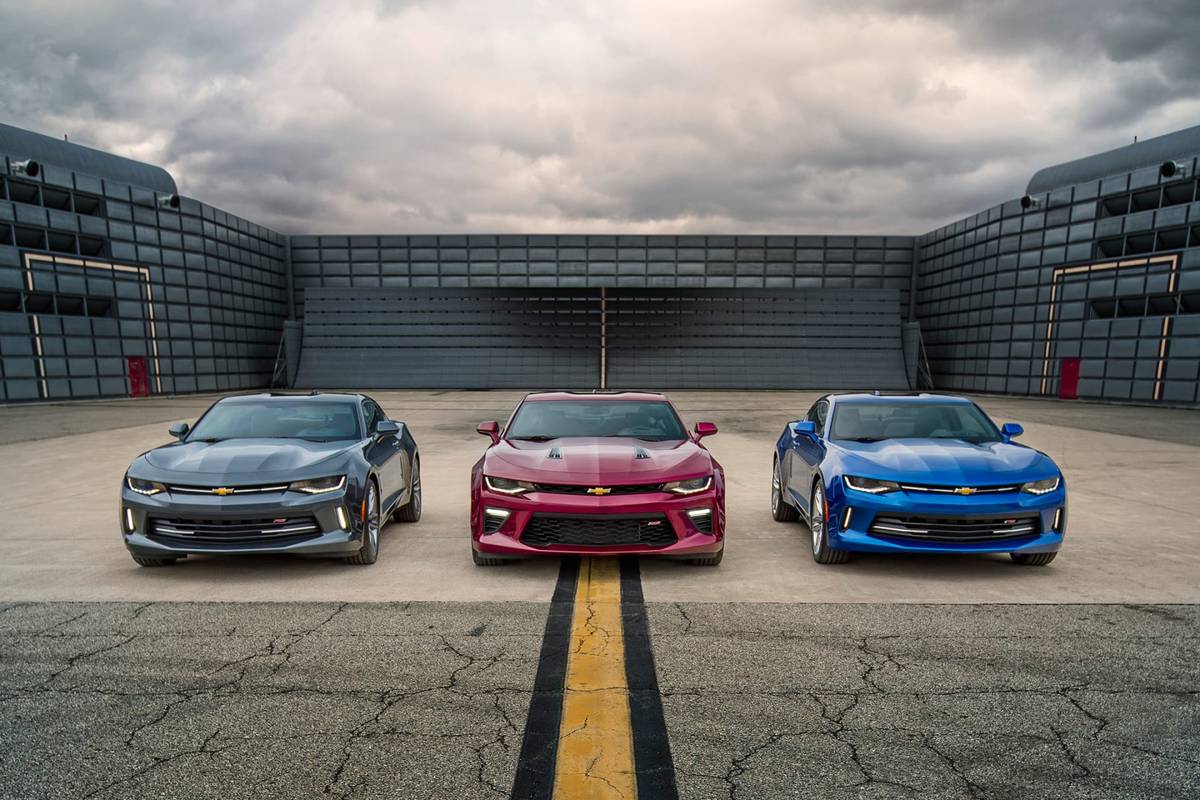

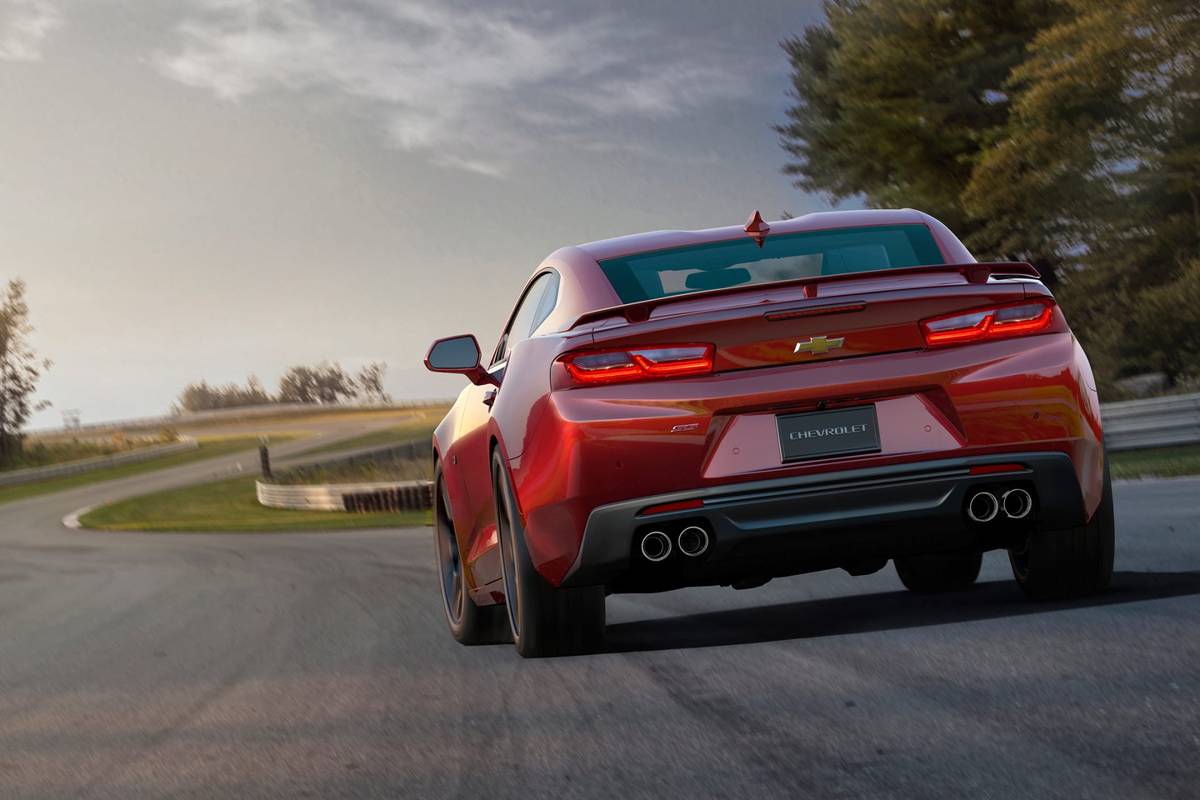
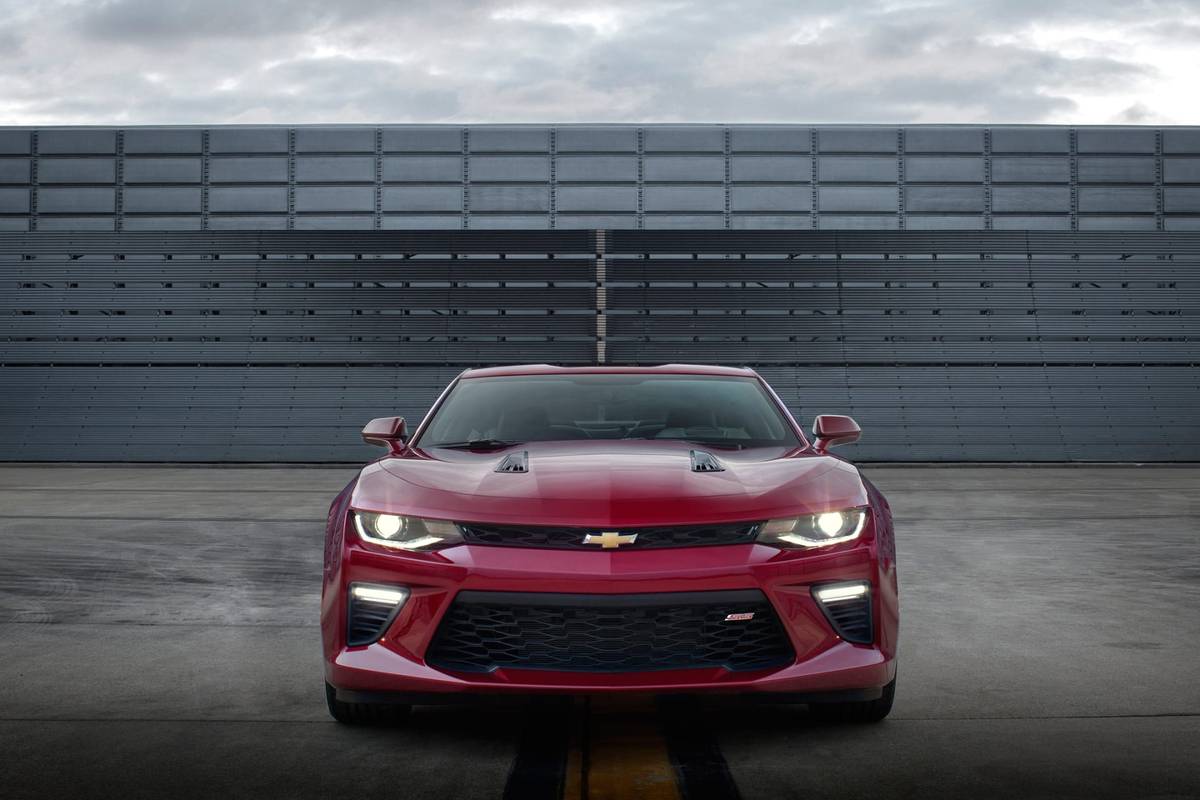
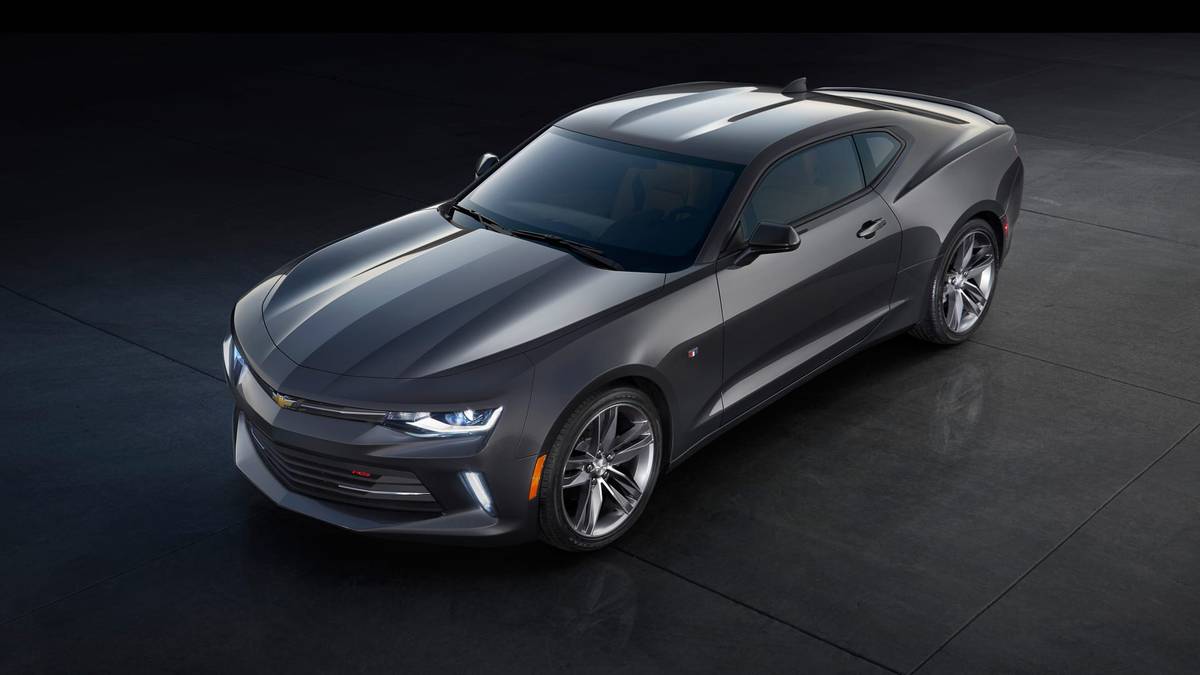
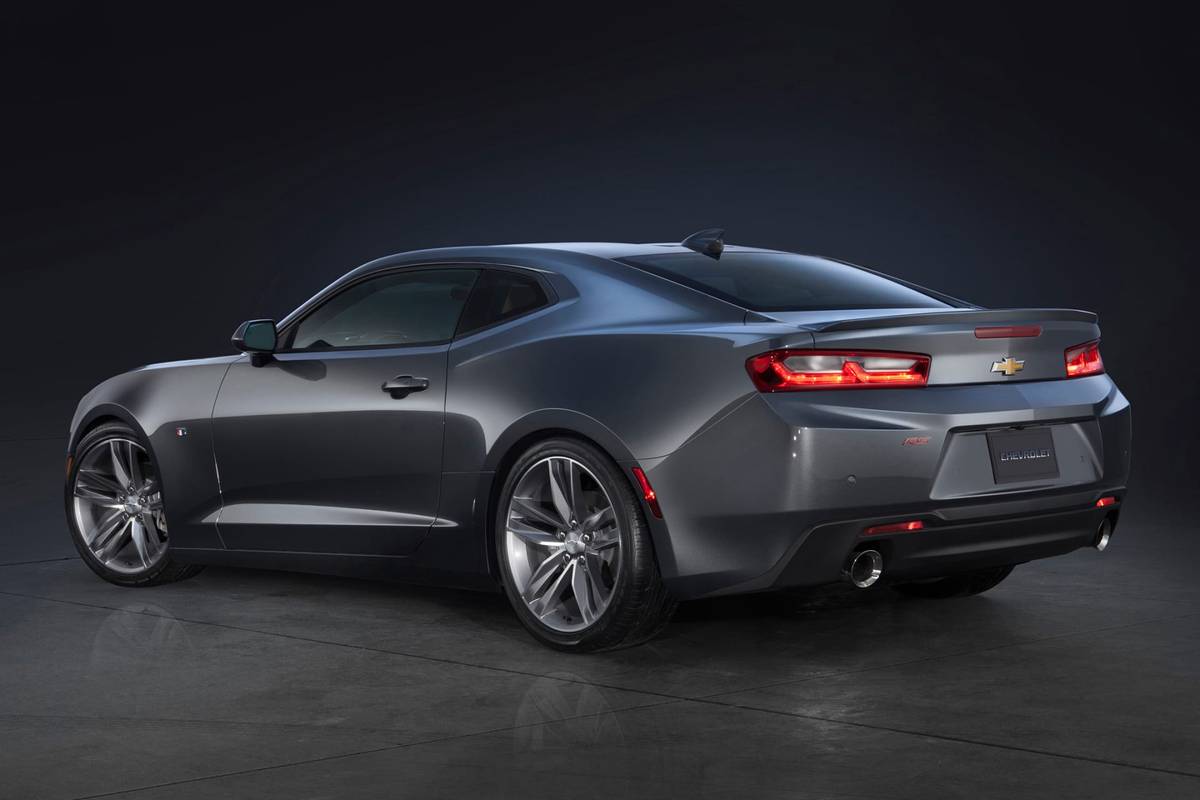
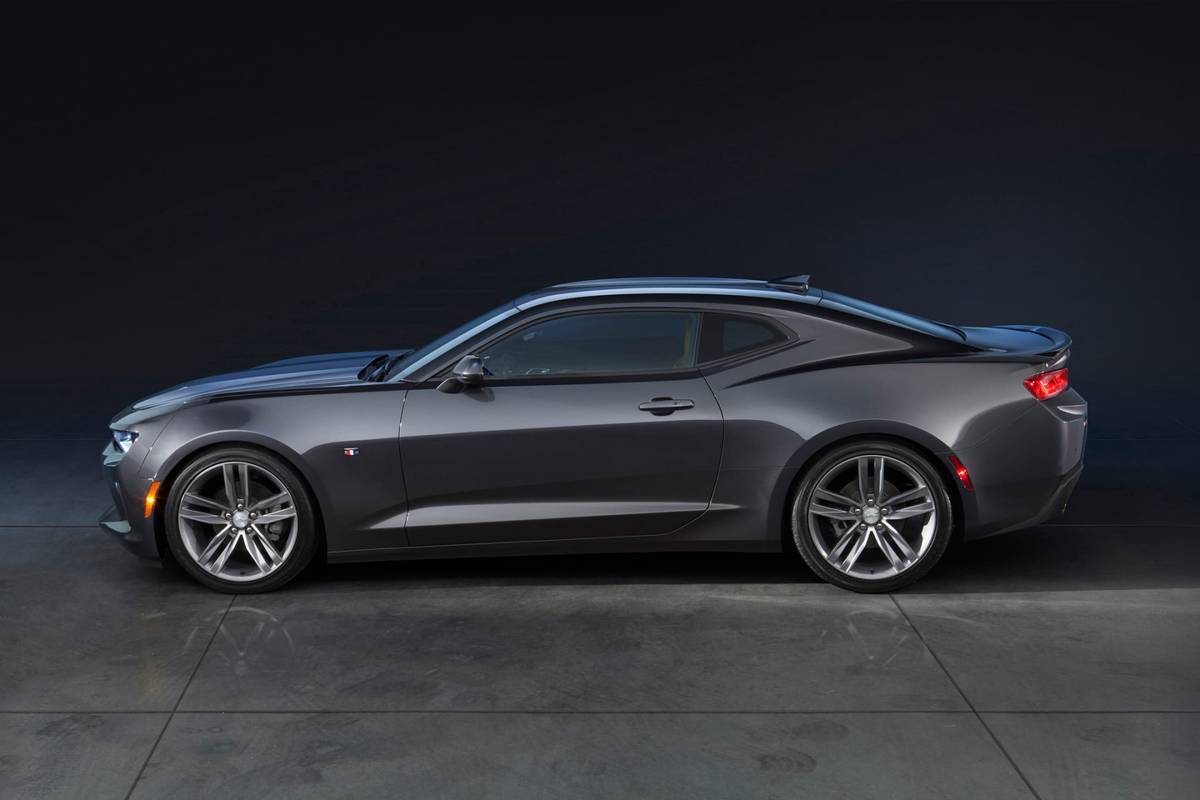
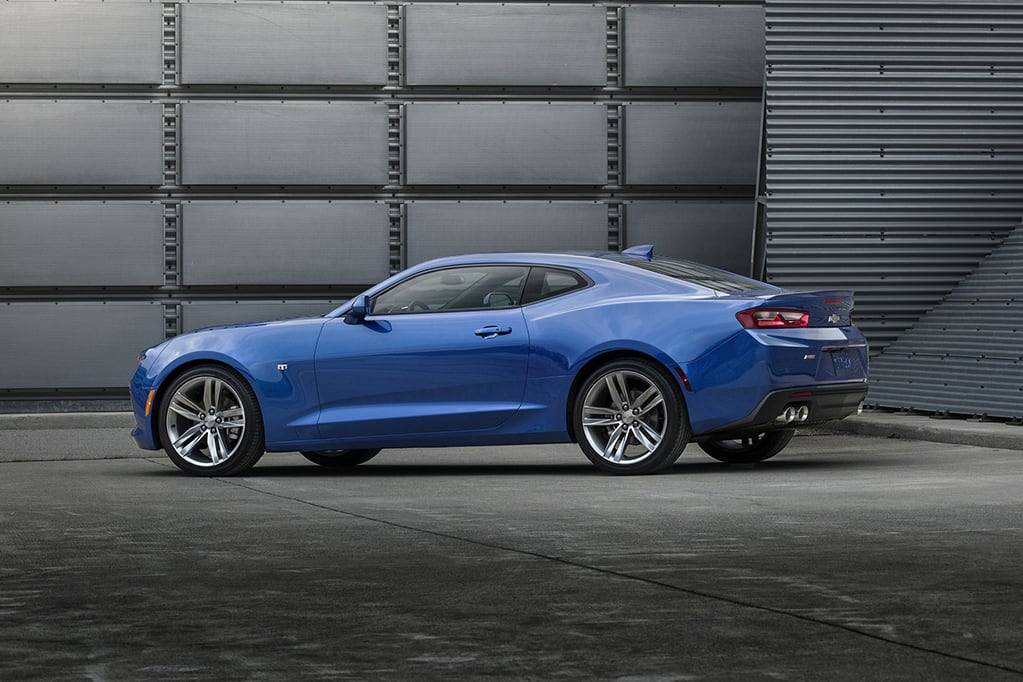
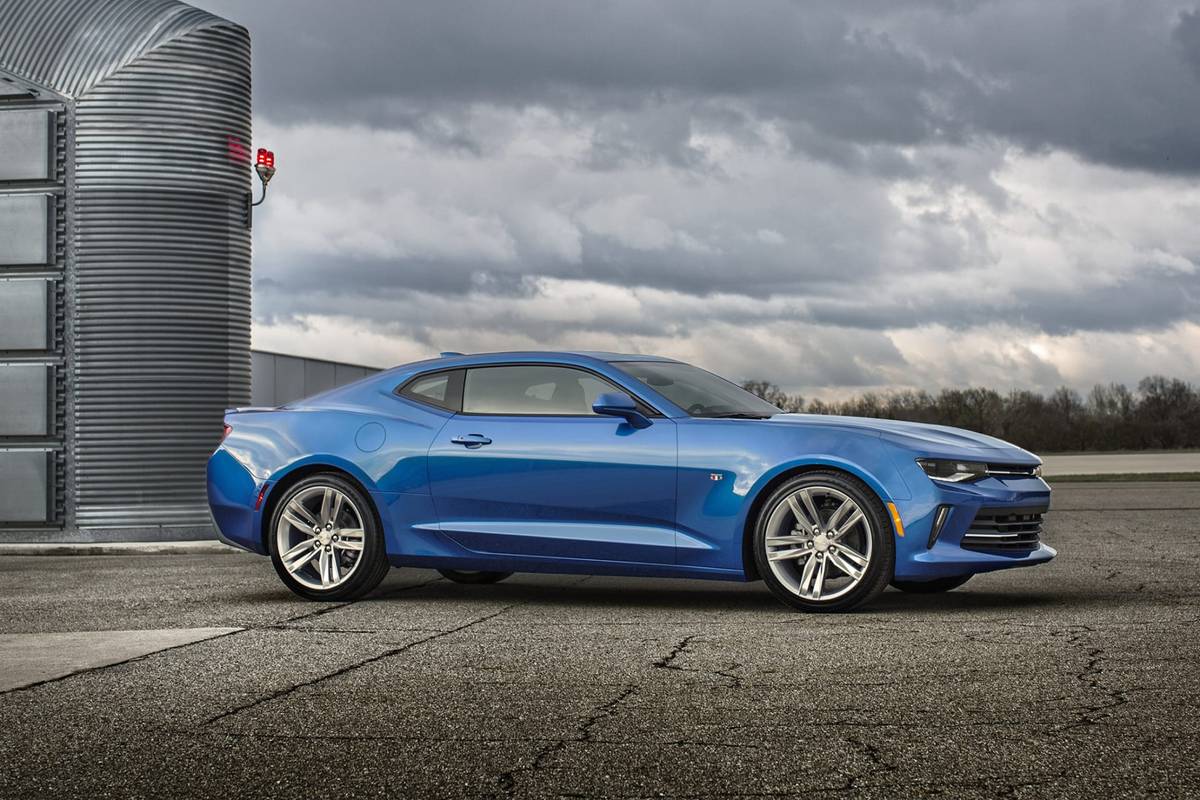
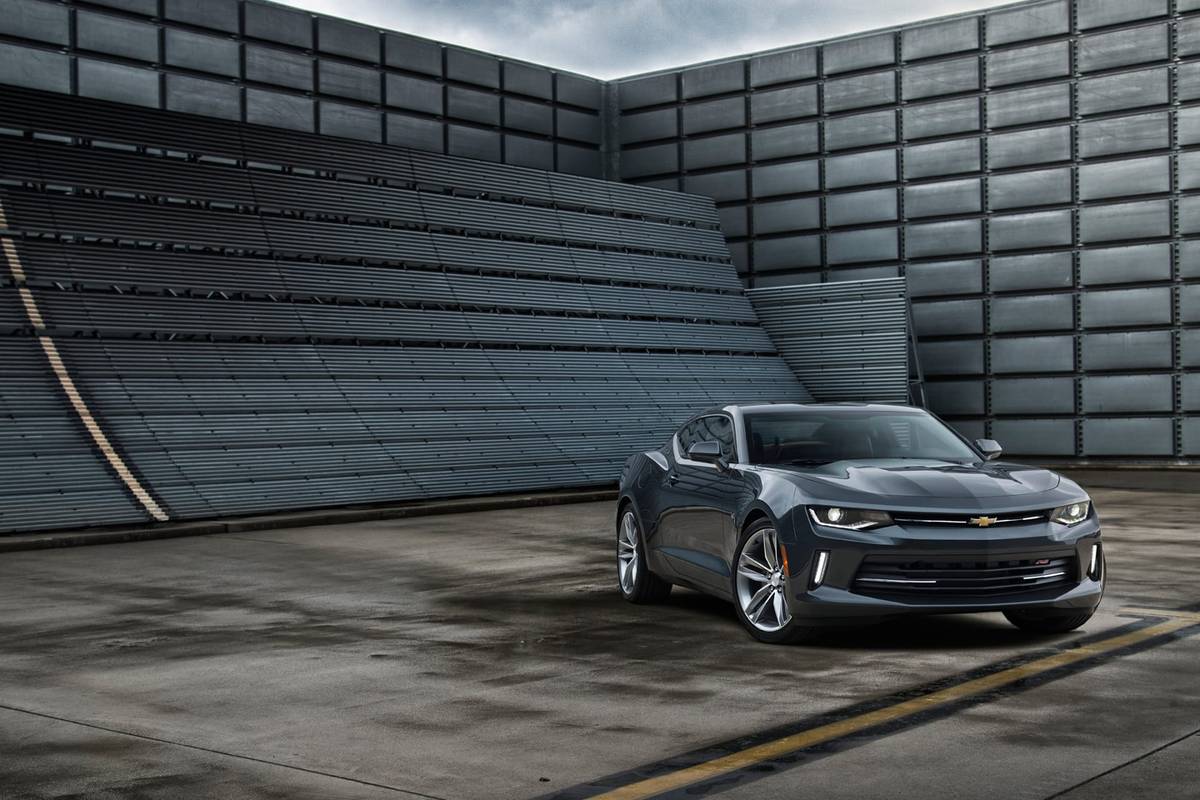
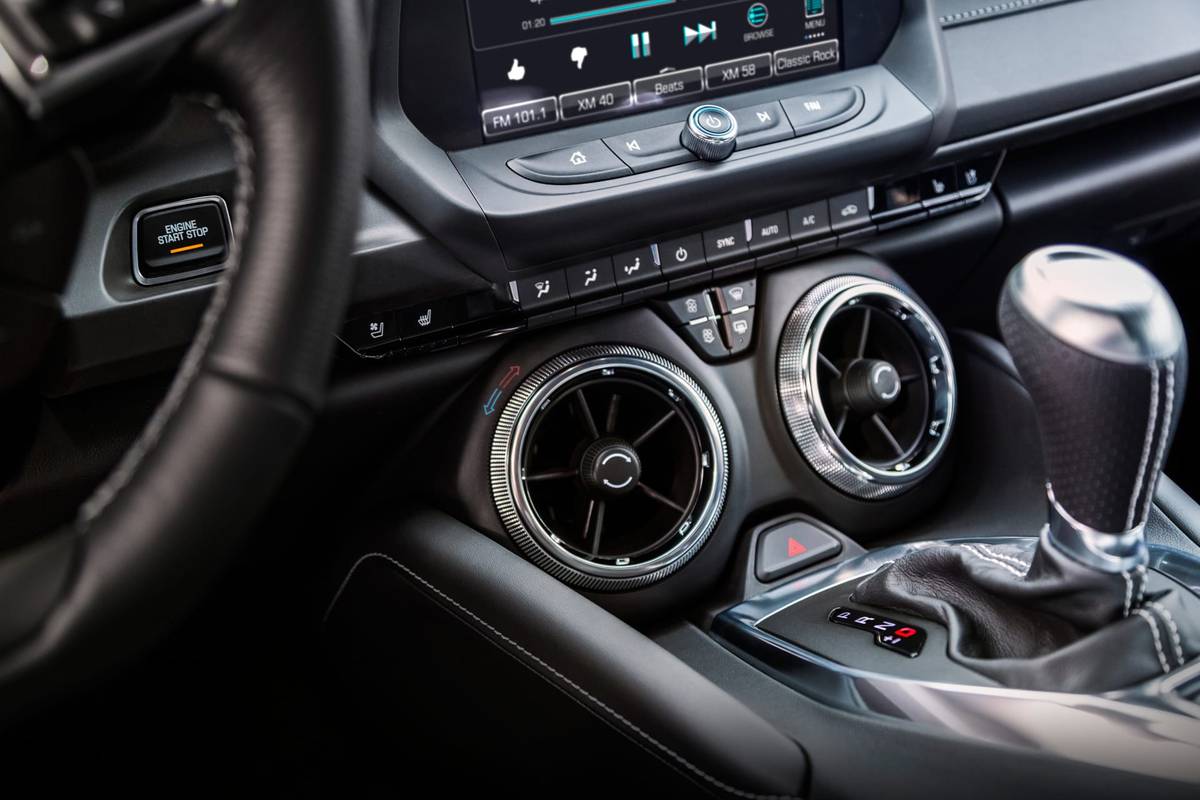

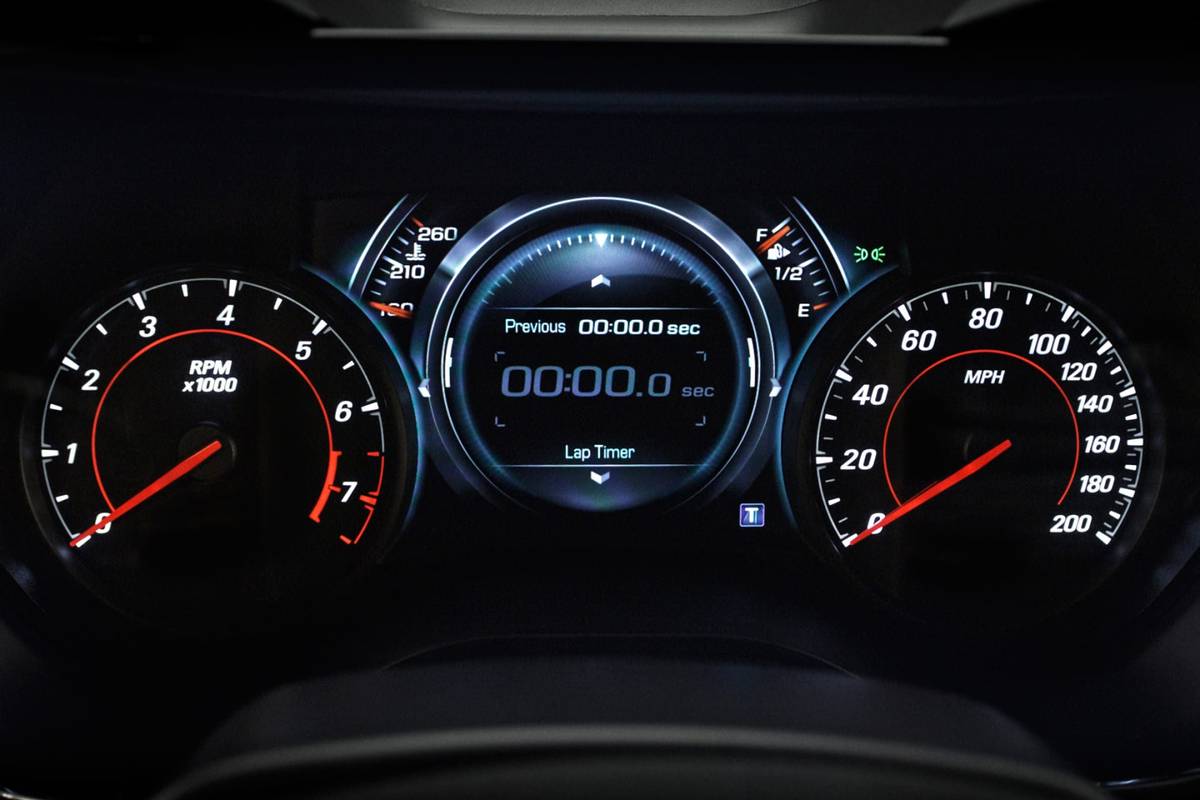
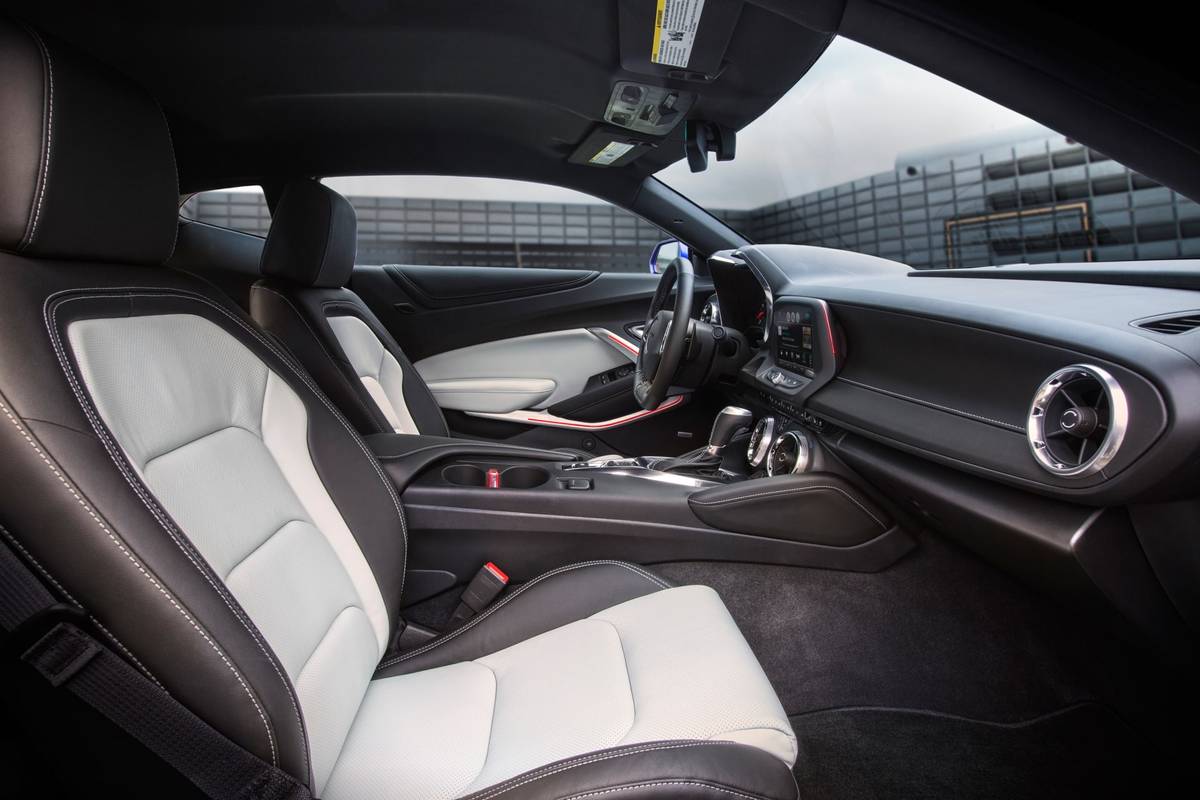
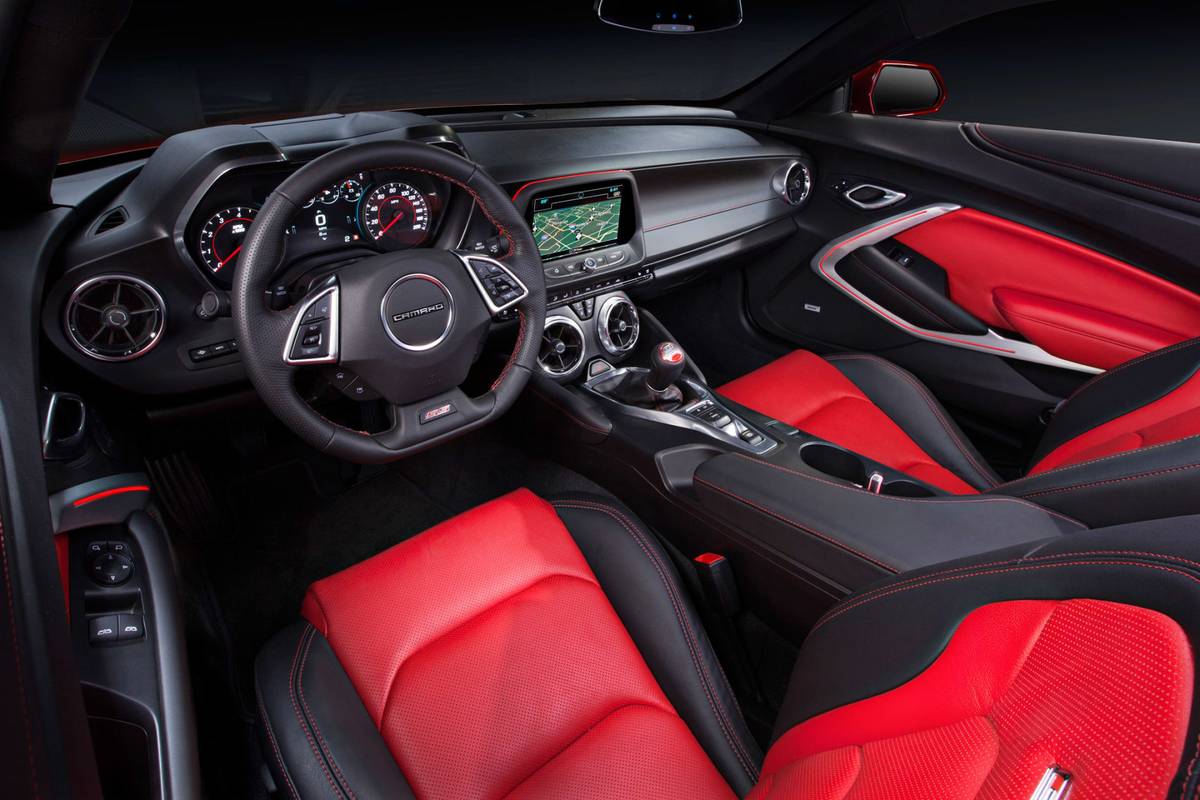

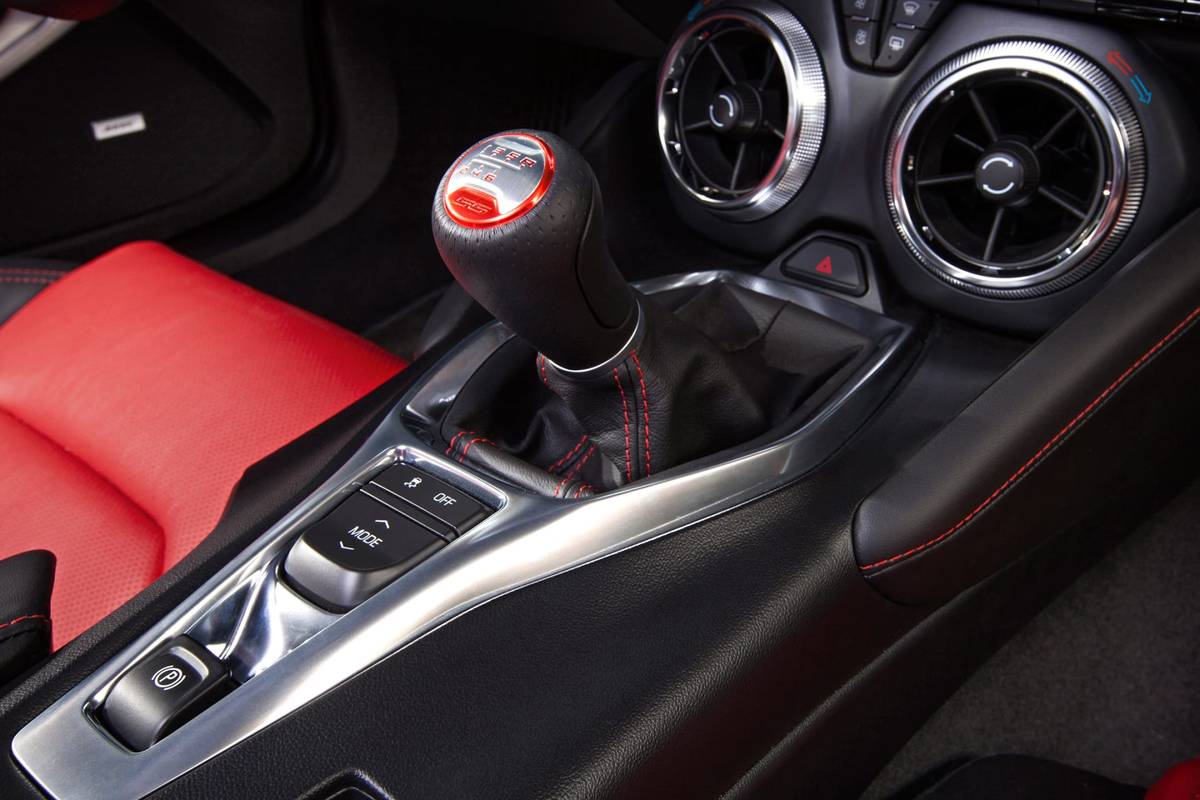
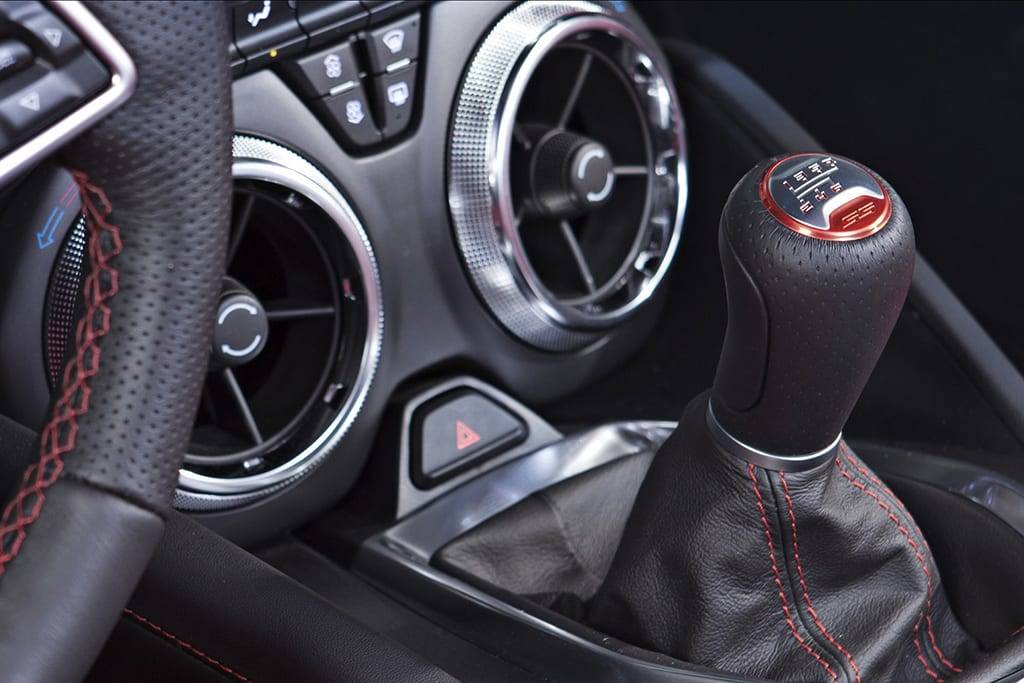



















Detroit Bureau Chief Aaron Bragman has had over 25 years of experience in the auto industry as a journalist, analyst, purchasing agent and program manager. Bragman grew up around his father’s classic Triumph sports cars (which were all sold and gone when he turned 16, much to his frustration) and comes from a Detroit family where cars put food on tables as much as smiles on faces. Today, he’s a member of the Automotive Press Association and the Midwest Automotive Media Association. His pronouns are he/him, but his adjectives are fat/sassy.
Featured stories






















